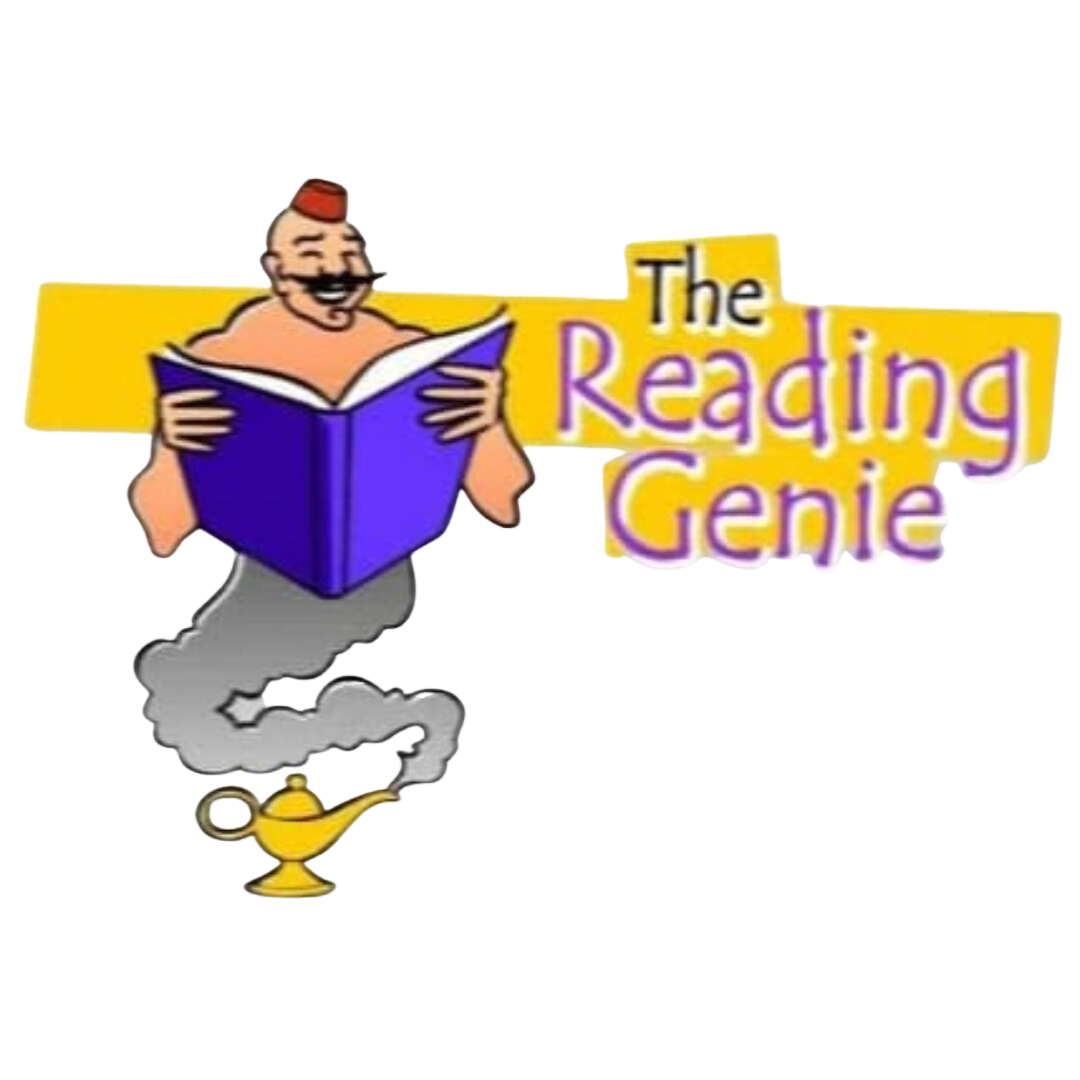Glossary of Terms Used in Reading Instruction
Note: My goal here is not to define with the precision of a research report but to explain for purposes of teaching.
Alphabetic insight is the “aha” experience when children discover that word spellings tell your mouth how to say a word.
The alphabetic principle states that a symbol (letter) represents a phoneme. By extension, the spelling of word is a map of the phoneme sequence in the pronunciation.
Blending means smoothing together word parts to recognize a word.
Consonants are phonemes made by constricting the vocal channel enough to cause friction.
Correspondences are learned links between graphemes and phonemes, so that the grapheme triggers the phoneme when reading a word.
Decodable texts are texts in which most of the words can be decoded using correspondences children have learned to date in their phonics program.
Decoding means using the spelling of a word to reconstruct its pronunciation. Early decoding involves sounding out and blending, but later decoding takes only a fast and silent spelling analysis.
Digraphs are graphemes written with more than one letter. Digraphs can represent consonants (ch, sh, th, ck, ng, dge, etc.) or vowels (ai, ay, ee, ea, igh, ew, etc.).
Explicit phonics describes a lesson in which the teacher pronounces phonemes to model how to sound out and blend.
Fluency means fast, smooth, expressive reading that sounds like speech; it also includes silent reading.
Graphemes are spelling elements–either single letters or digraphs–that represent phonemes in printed words.
Phoneme awareness is knowledge of phoneme identities, i.e., recognizing individual phonemes in word contexts.
Phonemes are the vocal gestures or “mouth moves” from which words are constructed in a language, for example, /m/, /a/, and /th/ in math.
Phonics is decoding instruction–teaching beginners to understand spellings as phoneme maps.
Phonological awareness is the ability to tune into speech sounds apart from meaning. It usually involves units larger than a phoneme, especially syllables and rimes (common elements in rhyming words).
Segmentation means breaking down a word into word parts.
Sight words are words a reader recognizes instantly. We normally store sight words as a biproduct of decoding.
Vowels are phonemes made by sending sound from the vocal cords through an open, shaped mouth.
Is there a reading term used on this site you don’t understand? E-mail the Reading Genie and I will add the definition to this glossary.
Get in Touch With The Reading Genie
Have questions, need assistance, or want to explore the world of decodable stories with us? Fill out the form below, and we'll be delighted to assist you on your reading journey! And we'll get back to you soon
Get in Touch
Send us an email
[email protected]